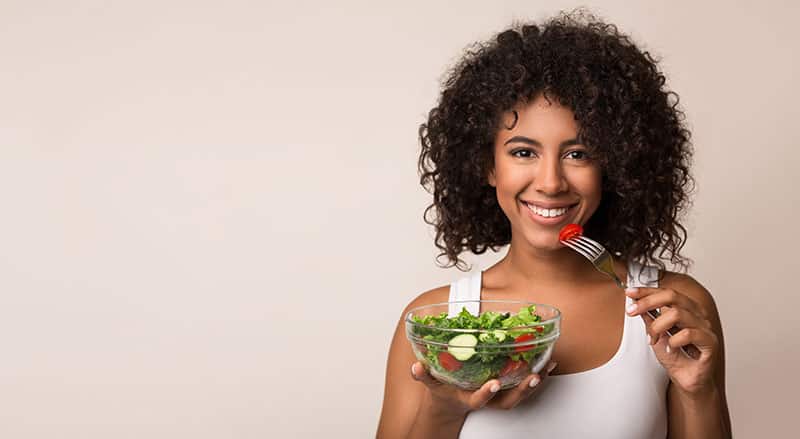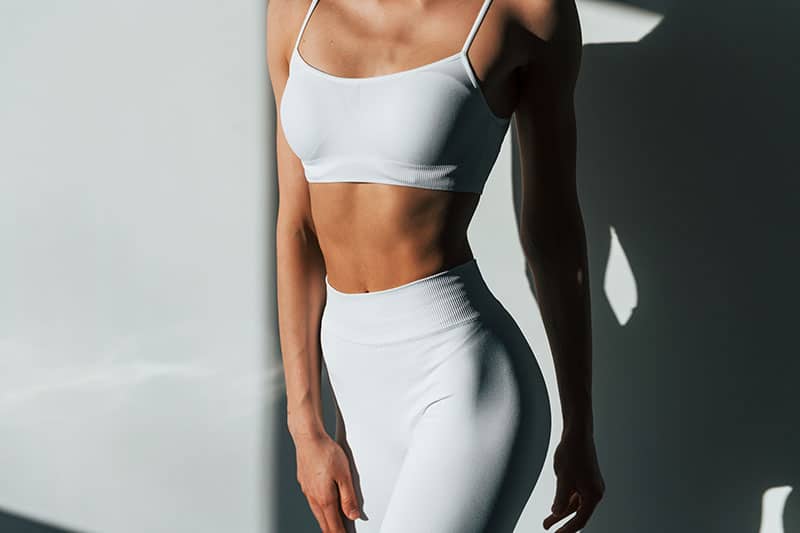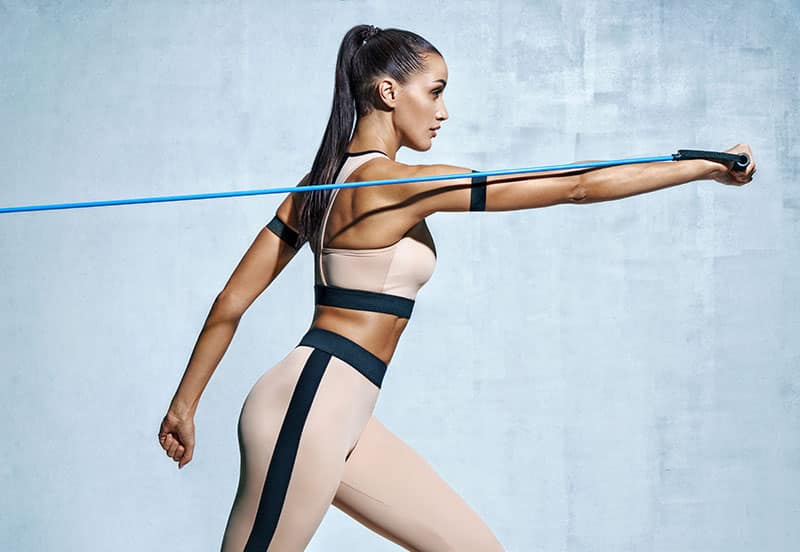

Models are renowned for their amazing physiques, but what does a supermodel diet really look like?
Read on to discover what models like to eat, as well as other physique tips and tricks used by top models in the industry to keep in shape year-round.
Your body type can affect the way different foods and exercises that work for you. There are 3 main types of body types; ectomorph, endomorph and mesomorph. Most models, particularly in high fashion, have an ectomorphic body type. This means that, while something may work for them, it may not necessarily work for you. The ectomorphic body type means they are naturally built slender and don’t put on fat or muscle easily. That gives them a heads start when it comes to creating a lean, toned physique.
That being said, models still adhere to a fairly strict diet and exercise routine to ensure they stay toned year-round for work. Due to their ectomorphic body type, they don’t need to do as much cardio and they tend to have high metabolisms.
Let’s take a closer look at the supermodel diet.

A supermodel’s diet varies widely – there is no set diet that they tend to stick to. Every day looks different, but some things are generally the same; models like to eat in proportion, and they like to eat healthy foods the majority of the time.
Some models cut out whole food groups, such as dairy and meat, while others prefer a little bit of everything.
A high-protein diet ensures they feel fuller for longer and helps them to maintain their muscles. The following foods are also encouraged:
Models also like to drink plenty of water to stay hydrated.
There are certain foods that models try to avoid or have in moderation. These include:
Nearly all models claim to work out consistently, even if they don’t enjoy it. While some models claim to work out 3 times a week, others say they work out nearly every day. Some models even stated they worked out twice a day during the lead-up to big runway shows and modelling jobs.
Models tend to do the following exercises:
Models tend to work out with personal trainers, who are able to cater exercises to their specific goals and body types.

Unfortunately, the internet is rife with misinformation, so it’s difficult to get a grasp on a model’s true day-to-day eating habits. Even the models themselves, when interviewed, have been known to twist the truth, presumably in order to appear more relatable. Bella Hadid famously said she’s not very big on exercising, before later saying she enjoys boxing and ab workouts. Bella also told a publication she favours pizza and burgers as her diet staples, before later admitting she has lean protein, veggies and green juices.
It’s important to remember too that models will always give a glamourized version of their “daily diet plan” to anyone who asks; they’re not going to share the days they barely eat from rushing around, or when they must eat the same boring foods before an important runway show. Models want to appear healthy and relatable, but the truth is that they are blessed with certain genes and their day-to-day eating and exercising habits are regimented and boring – and probably difficult to stick to religiously if it wasn’t a big part of their job.
Other myths surrounding model diet habits include drinking apple cider vinegar in the morning. While many people believe that apple cider vinegar can help with digestion and aid weight loss, there is no evidence to back up this claim. Similarly, lemon juice in water has such negligible amounts of vitamins in that it won’t make a big impact on your weight or digestion, even if drank daily.

What works for one person won’t work for another. The most important thing to take away is that we are all different; we all have our own unique likes and dislikes, and our bodies are built differently. The best thing you can do for yourself is to find out what body type you have, and discover foods and exercises that you genuinely enjoy; that way, you’ll be more consistent, and being fit is mostly about consistency.
If you’re a complete beginner in health and fitness, it’s always a good idea to talk to an expert.
First, figure out what it is you want to achieve; perhaps your goal is to lose weight or put on muscle, or maybe it’s to strengthen your core or get stronger.
Discuss a possible personalised training programme with a PT at your local gym, and talk to a nutritionist about your body and health goals.
Track your consistency; work out when and why you struggle and make adaptations accordingly.
Find something that works for you and that you know you can stick to for the best chance of success.